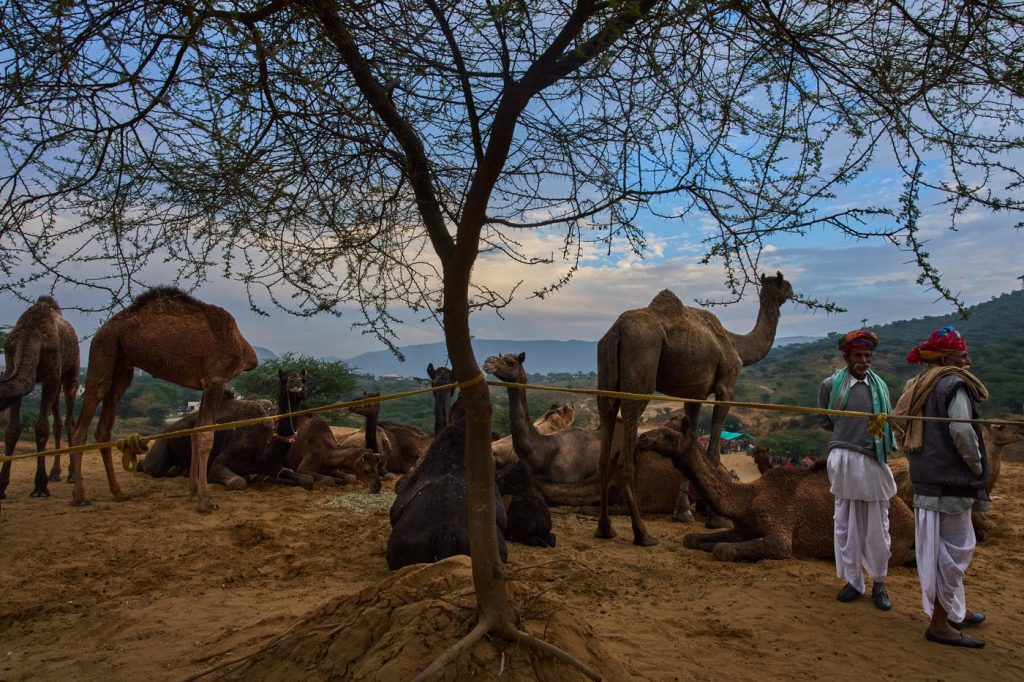PUSHKAR, India (AP) — The desert town of Pushkar, located in the arid plains of Rajasthan, has once again transformed into a vibrant festival ground as the annual Pushkar Camel Fair unfolds. This long-standing event attracts hundreds of camels, adorned with colorful tassels, beads, and flower garlands, which are paraded and sold to the highest bidder. The fair is a significant occasion for India's camel-breeding communities, many of whom lead a nomadic lifestyle and journey hundreds of kilometers from remote villages to participate in the trading of livestock.
Founded centuries ago, the Pushkar Camel Fair is now recognized as one of the world's largest gatherings for camel trading. Buyers, traders, and tourists from across India and abroad flock to this event, which not only features camels but also allows for the sale of horses, cattle, and goats. The atmosphere is electric with excitement; traders dressed in bright turbans showcase their camels in beauty contests, highlighting the best-groomed specimens while traditional dance performances and the rhythmic sounds of folk drums add to the festive vibe. Makeshift markets emerge overnight, offering a wide array of handicrafts, textiles, jewelry, and culinary spices.
Despite its longstanding tradition and lively atmosphere, there are signs of decline. In recent years, the number of camels brought to the fair has dropped sharply. Many younger individuals from herding families are opting to move to cities, seeking alternative livelihoods that diverge from traditional camel herding. Concurrently, Rajasthan's camel population continues to diminish as modern vehicles replace the role camels once played in farming and transport in rural areas. This decline is exacerbated by the loss of grazing lands, making it increasingly challenging for camel herders to sustain their herds.
“This culture is slowly fading away,” remarked Narendra Rabari, a camel trader lamenting the changes that have impacted the livelihoods of camel herders. The shift in lifestyle choices and environmental factors pose serious threats to this vibrant tradition, which has been an integral part of Rajasthan's cultural fabric for generations.
As the fair takes place, it features a variety of other activities that reflect the local heritage. Camel herders were seen managing their livestock, while visitors captured photos with their beloved camels. The picturesque scenes of camels silhouetted against the rising sun and the lively interactions between tourists and locals paint a vivid picture of life at the fair. The bustling market also presents opportunities for visitors to immerse themselves in the rich culture of Rajasthan, with women shopping and families enjoying the unique festivities.
The Pushkar Camel Fair stands as a cultural landmark, but as the years progress, its future remains in the balance. The confluence of changing lifestyles, urban migration, and environmental challenges poses a fundamental question about the preservation of such traditions in a rapidly modernizing world.










